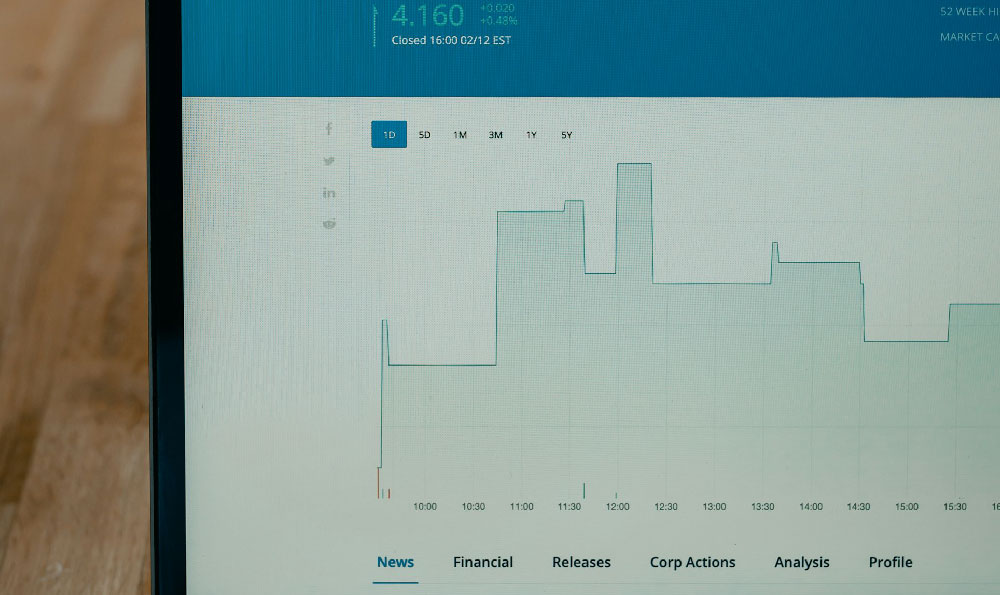Temu, the rapidly growing e-commerce platform owned by Chinese company PDD Holdings, has taken the online shopping world by storm with its incredibly low prices and aggressive marketing strategies. Understanding how Temu generates revenue and whether it's currently profitable is crucial for investors, competitors, and consumers alike. The business model is a complex interplay of various factors, and the question of profitability is not straightforward.
Temu's revenue streams are primarily derived from the sale of goods on its platform. Unlike some e-commerce marketplaces that focus on connecting buyers and sellers, Temu largely operates as a retailer, buying products directly from manufacturers and selling them to consumers. This allows Temu to exert greater control over pricing and quality, though it also carries the risk of inventory management and potential losses. A significant portion of these goods are sourced from manufacturers in China, allowing Temu to take advantage of lower production costs and established supply chains. These low production costs are then passed on to consumers in the form of remarkably cheap products. This is a key component of their revenue generation strategy, attracting price-sensitive customers.
The pricing strategy itself is a vital element of Temu's revenue generation. While the incredibly low prices seem unsustainable, they are a calculated move designed to rapidly acquire market share. Temu often prices items lower than its competitors and even potentially below cost in some instances. This loss-leader strategy, while seemingly counterintuitive for profitability in the short term, is intended to create a large and loyal customer base. The hope is that these customers will continue to purchase products, including higher-margin items, over time, ultimately leading to profitability. Coupled with this, Temu frequently uses promotional offers, discounts, and coupons to further incentivize purchases, driving higher sales volume. This focus on high volume, even at thin margins, is central to their revenue model.

Marketing and advertising also play a significant role in Temu's revenue generation. The platform invests heavily in online advertising, particularly on social media platforms like Facebook, Instagram, and TikTok. This aggressive marketing approach aims to reach a wide audience and drive traffic to the Temu platform. The use of influencer marketing is also a prominent feature, with influencers promoting products and offering discount codes to their followers. These marketing efforts, while costly, are crucial for driving sales and increasing brand awareness, ultimately contributing to the overall revenue stream. These campaigns can be highly targeted, increasing the effectiveness of ad spending and maximizing the likelihood of conversion. The emphasis is on creating a strong brand presence and capturing the attention of potential customers, converting awareness into sales.
Another, perhaps less obvious, factor influencing revenue generation is the data Temu collects from its users. As with many e-commerce platforms, Temu gathers vast amounts of data on customer behavior, purchasing patterns, and preferences. This data is then used to personalize the shopping experience, recommend relevant products, and optimize marketing campaigns. By understanding what customers want and how they behave, Temu can more effectively target its marketing efforts and increase sales, contributing to higher overall revenue. Data analytics informs pricing strategies, promotional offers, and product selection, making it an integral, though often unseen, component of the revenue generation engine.
The question of whether Temu is currently profitable is more complex. While the platform is undoubtedly generating significant revenue, there are considerable costs associated with its business model. The low prices, aggressive marketing spending, and shipping costs all contribute to a high cost base. While Temu benefits from lower manufacturing costs in China, shipping goods internationally is still a significant expense. Furthermore, the high rate of returns and refunds, common in the e-commerce industry, can also eat into profit margins.
Several reports suggest that Temu is not yet profitable. The company is reportedly incurring substantial losses as it invests heavily in customer acquisition and market share growth. PDD Holdings is willing to absorb these losses in the short term, viewing them as an investment in future profitability. The long-term strategy is to build a dominant market position, leverage economies of scale, and eventually increase prices and reduce costs to achieve profitability.
It is important to note that profitability is a dynamic concept. Temu's profitability will depend on several factors, including its ability to retain customers, control costs, and adapt to changing market conditions. As the platform matures, it may be able to negotiate better deals with suppliers, optimize its supply chain, and reduce its marketing spending, leading to improved profitability. However, if Temu is unable to control its costs or if it faces increased competition, it may struggle to achieve sustained profitability.
In conclusion, Temu generates revenue through a combination of direct sales of low-priced goods, aggressive marketing campaigns, and data-driven personalization. While the platform is currently generating substantial revenue, it is likely not yet profitable due to high costs associated with customer acquisition, marketing, and logistics. Whether Temu can achieve sustained profitability in the long term remains to be seen, but it will depend on its ability to build a loyal customer base, control costs, and adapt to the evolving e-commerce landscape. The business model hinges on achieving massive scale and volume to offset the thin margins, a strategy that requires both significant investment and meticulous execution. The future of Temu’s profitability will be a fascinating case study in the evolving world of e-commerce.












